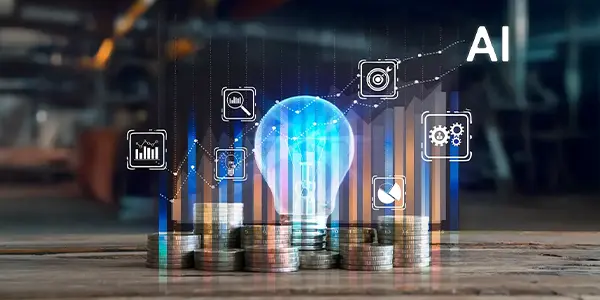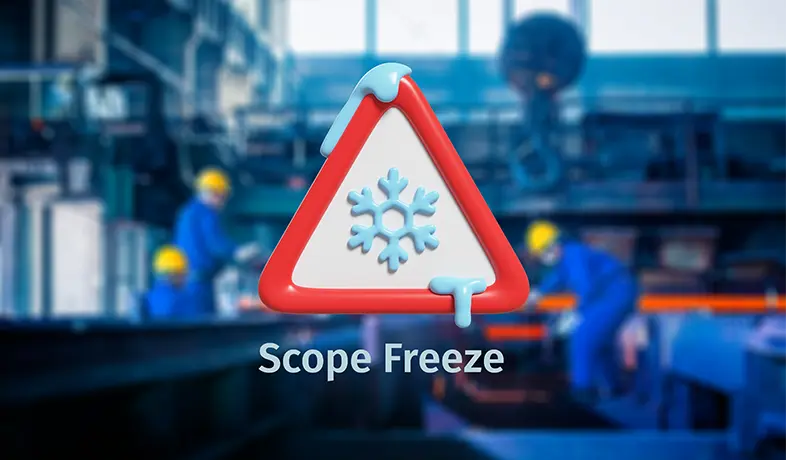
AI is transforming operations across energy and process (E&P) industries, but behind this evolution lies a challenge: growing energy costs.
As AI adoption accelerates, so does its demand for electricity. This results in a shift with serious implications for industries like oil & gas, refining, and chemicals, especially when planning complex shutdowns and turnarounds.
AI’s Power Surge: A New Demand on the Grid
Hyperscale data centers (increasingly AI-focused) are expected to consume up to 9% of U.S. electricity by 2030, according to Boston Consulting Group and the International Energy Agency (IEA). That’s more than double today’s levels, and enough to prompt over 80 GW of new U.S. gas generation capacity to enter planning pipelines, as reported by Bloomberg NEF.
Much of this capacity wasn’t even considered on utility roadmaps five years ago and grid congestion in key industrial corridors (Texas, the U.S. Midwest, the Benelux region) is making things worse.
Rising Costs Even If You Aren’t Using More Power
Energy markets are structured to socialize costs. In deregulated markets like ERCOT (Texas), increased grid strain and infrastructure buildout typically show up as:
- Capacity price spikes
- More volatile spot rates
- Higher (power purchase agreement) PPAs for new generation
Meanwhile, in regulated zones, tariffs and connection fees are more likely to rise across the board.
Implications of AI Energy Costs for Turnaround Teams
For energy and process (E&P) industries, where energy can , these dynamics can no longer be ignored during turnaround planning (U.S Department of Energy). Key considerations include:
- Electricity will become harder to forecast in multi-year maintenance budgets.
- Digitalization tools (like real-time twins, smart sensors) relying on constant cloud processing may become more expensive to operate.
- Power availability during planned shutdowns may be more constrained.
In short: turnaround timing, peak coordination, and DER strategies may all need a rethink.
CAPEX Isn’t Always A Cost Saver
Ironically, the same AI tools promising smarter, more efficient operations are now indirectly increasing power costs industry-wide. If grid expansions fall behind, the margin impact from rising OPEX could outstrip the productivity gains.
Strategic Takeaways for Turnaround Management
AI is the brain driving digital transformation and electricity is the muscle enabling it. And when that muscle becomes more expensive, it hits the whole value chain. This includes industries that aren’t digitizing fast enough to offset it.
Now is the time to get energy, finance, and operations teams aligned:
- Anticipate electricity cost as a variable input in all turnaround models.
- Prioritize AI implementations that reduce energy load or improve system resilience
- Evaluate on-site generation or long-term contracts to mitigate market exposure
By adjusting planning frameworks today, turnaround teams can remain resilient in an AI-powered future that’s increasingly defined by its energy constraints.
Learn how Cleopatra Enterprise’s Shutdown, Turnaround, and Outage software can help your organization navigate this complexity with data-driven insights and real-time visibility.
Shutdowns, Turnarounds and Outages (STO) events often involve project scope, which introduces many challenges. Especially meeting event schedules.…
When it comes to managing Shutdowns, Turnarounds, and Outages (STOs), finding the right local partner can be a…
Related resources

Mitigating cost impact when turnarounds are postponed or canceled
Discover key strategies like flexible contracts and phased procurement to mitigate costs from turnaround postponement or cancellation.
Read blog article
The Critical Role of Scope Freeze in Turnaround Success
Scope freeze is one of the key pillars that separates a successful turnaround from one that runs over budget and behind schedule. This blog explores what scope freeze means in TAR projects, why it's essential for cost and schedule control, when to implement it, and how to manage post-freeze emergencies…
Read blog article